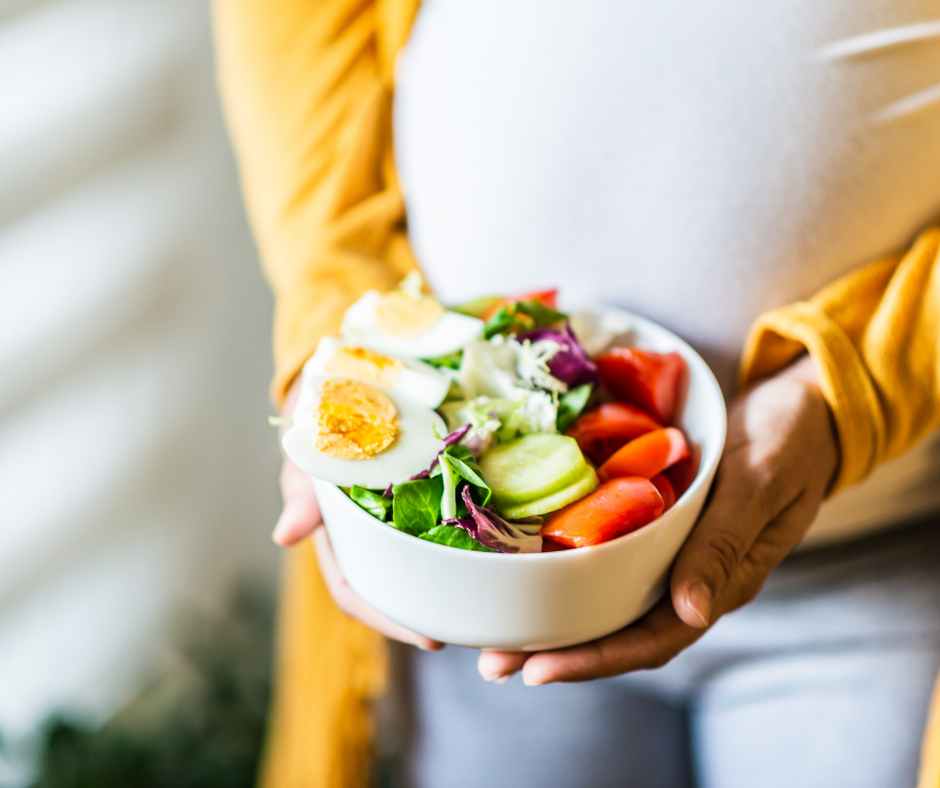Introducing Starting Solids For Babies is a major milestone in your baby’s development. It’s not just about nutrition—it’s a chance to explore textures, tastes, and new experiences together. Whether you choose baby-led weaning, traditional purées, or a combination of both, this month-by-month guide will help you confidently navigate the first year.When to Start SolidsStarting Solids …
Introducing Starting Solids For Babies is a major milestone in your baby’s development. It’s not just about nutrition—it’s a chance to explore textures, tastes, and new experiences together. Whether you choose baby-led weaning, traditional purées, or a combination of both, this month-by-month guide will help you confidently navigate the first year.
When to Start Solids
Starting Solids For Babies around 6 months, when:
- They can sit up with support
- Show interest in food
- Can hold their head steady
- Lose the tongue-thrust reflex (pushing food out)
Always consult your pediatrician before starting.
Month-by-Month Feeding Guide
Month 6: First Tastes
Starting Solids For Babies with iron-rich single-ingredient foods:
- Iron-fortified baby cereal (mixed with breast milk or formula)
- Mashed avocado, banana, or sweet potato
- Steamed and puréed carrots or peas
Offer 1–2 teaspoons once or twice a day
Introduce new foods every 3–5 days
Month 7: Expanding the Menu
Add variety and texture:
- Soft fruits (apple, pear, mango) mashed or grated
- Well-cooked lentils, soft tofu, or scrambled eggs
- Thicker purées or soft finger foods (if doing baby-led weaning)
Offer meals 2–3 times a day
Start introducing a sippy cup with water
Month 8–9: Finger Foods & Self-Feeding
Introduce soft, small bite-sized pieces:
- Cooked pasta, small pancakes, toast strips
- Soft cheese, yogurt, or cottage cheese
- Chopped steamed veggies and fruits
Encourage self-feeding with hands or spoon
Combine textures: mashed + soft finger foods
Month 10–11: Mini Meals
Meals look more like adult food:
- Shredded chicken, ground beef, or soft fish (no bones)
- Rice, quinoa, small soft veggie patties
- Cut fruits, steamed veggies, and small snacks
Offer 3 meals + 1–2 snacks per day
Let baby eat at the family table
Month 12: Transition to Family Foods
Your baby can eat most of what you eat (with modifications):
- Avoid choking hazards (whole nuts, grapes, popcorn)
- Keep salt and sugar low
- Encourage variety and shared meals
Breast milk or formula still essential, but solids now provide most nutrition
Baby-Led Weaning vs. Purées
Baby-Led Weaning (BLW):
- Baby feeds themselves from the start with soft finger foods
- Encourages independence and motor skills
- Monitor closely to prevent choking
Traditional Purées:
- Spoon-feeding mashed or blended foods
- Easy to control portions and textures
- Transition to lumpier foods over time
Combination Feeding:
- Many parents blend both approaches for flexibility
Allergen Introduction Tips
Research supports early introduction of common allergens (between 6–12 months) to help reduce allergy risk:
- Start with small amounts
- Introduce allergens one at a time (e.g., peanut butter, eggs, dairy, wheat, soy, fish)
- Watch for signs of reactions (rash, vomiting, swelling, difficulty breathing)
- If your baby has eczema or a family history of allergies, consult your doctor first
Final Thoughts
Feeding your baby solids is a journey filled with discovery, messes, and memories. Focus on variety, balance, and a positive eating environment. Let your baby explore, play with textures, and develop a lifelong healthy relationship with food.






